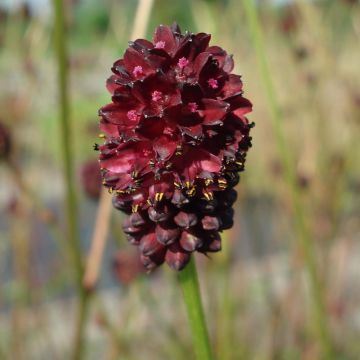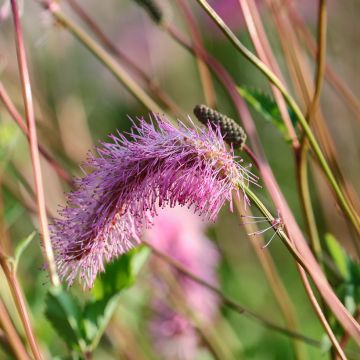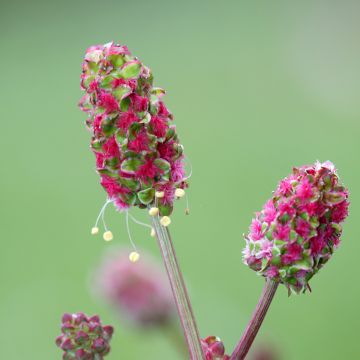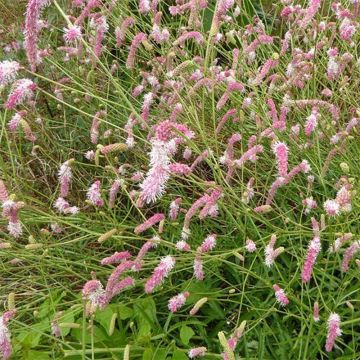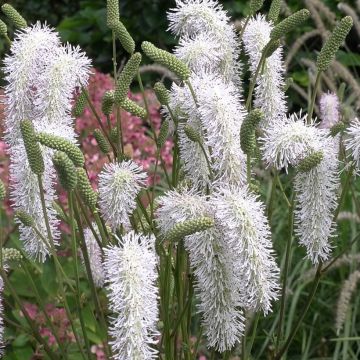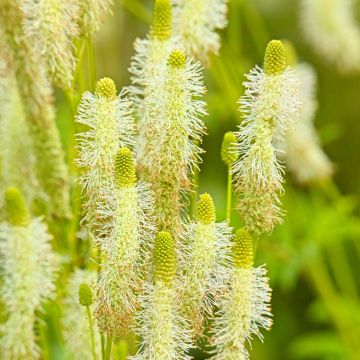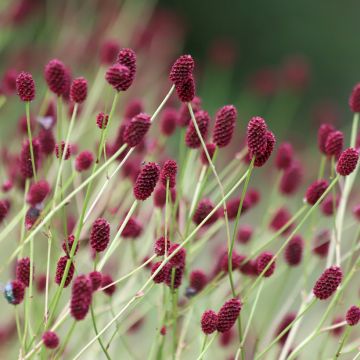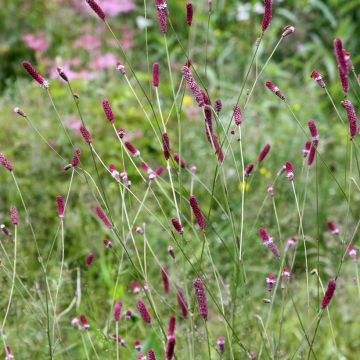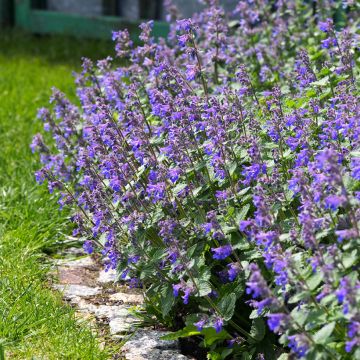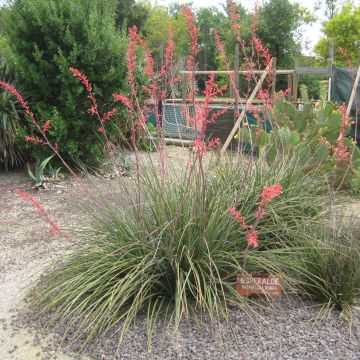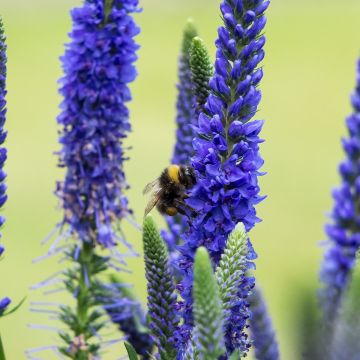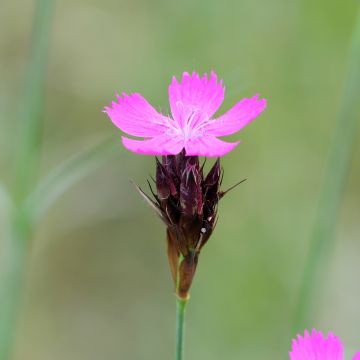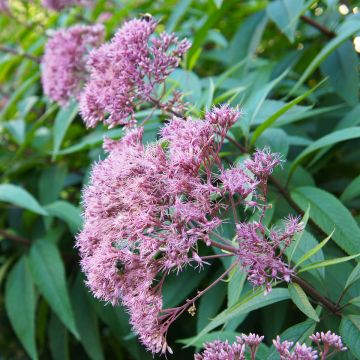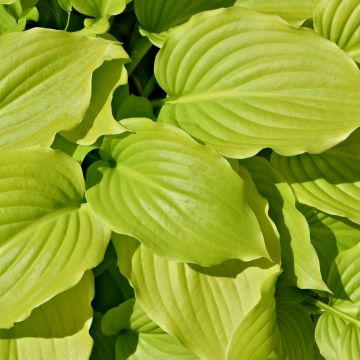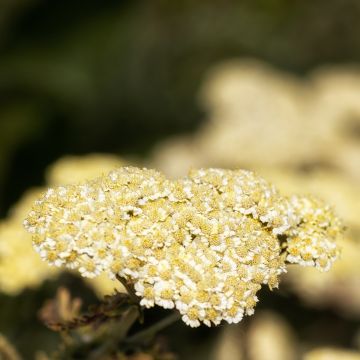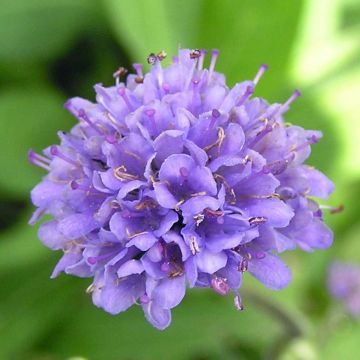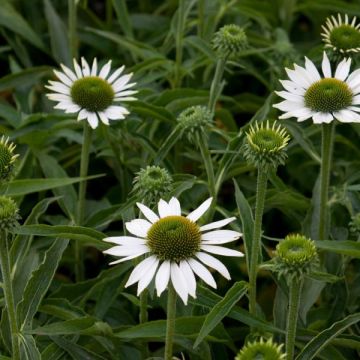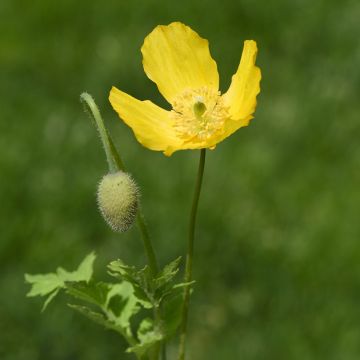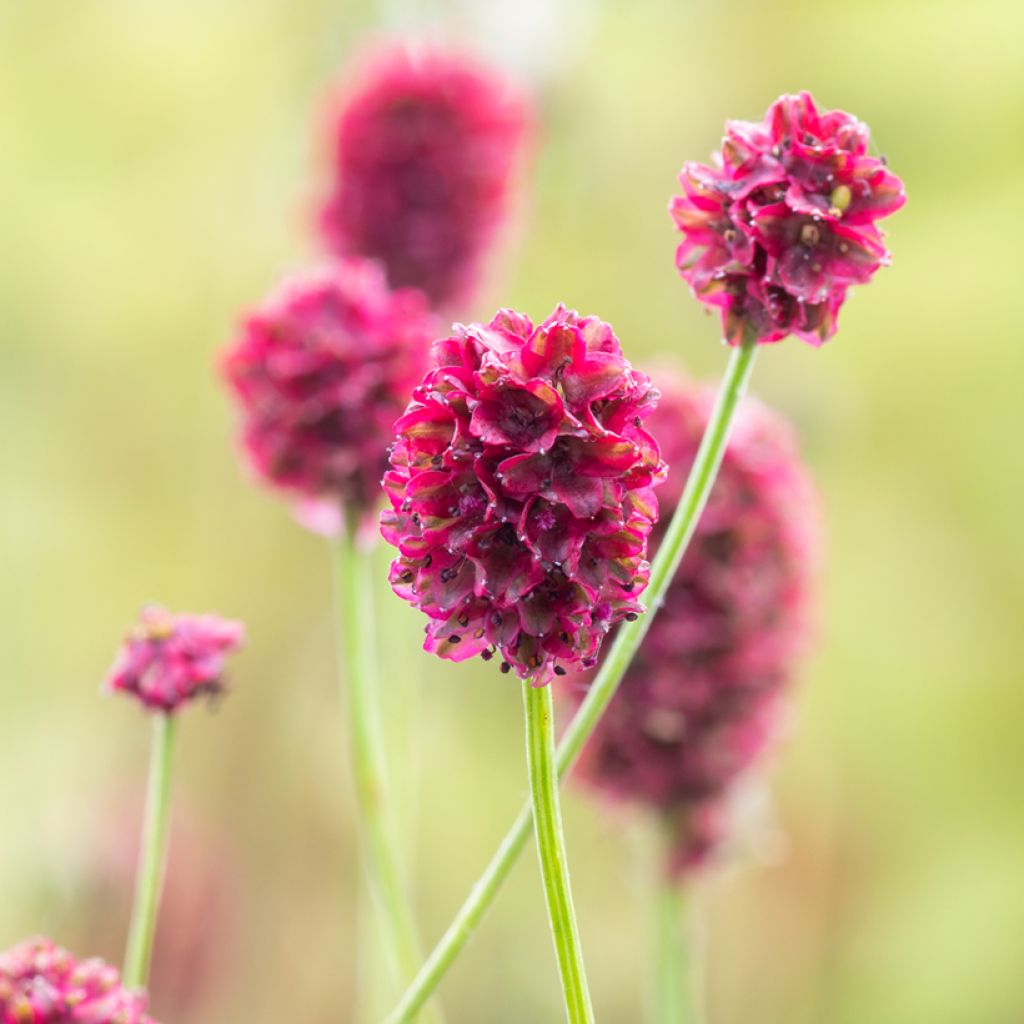

Sanguisorba Proud Mary
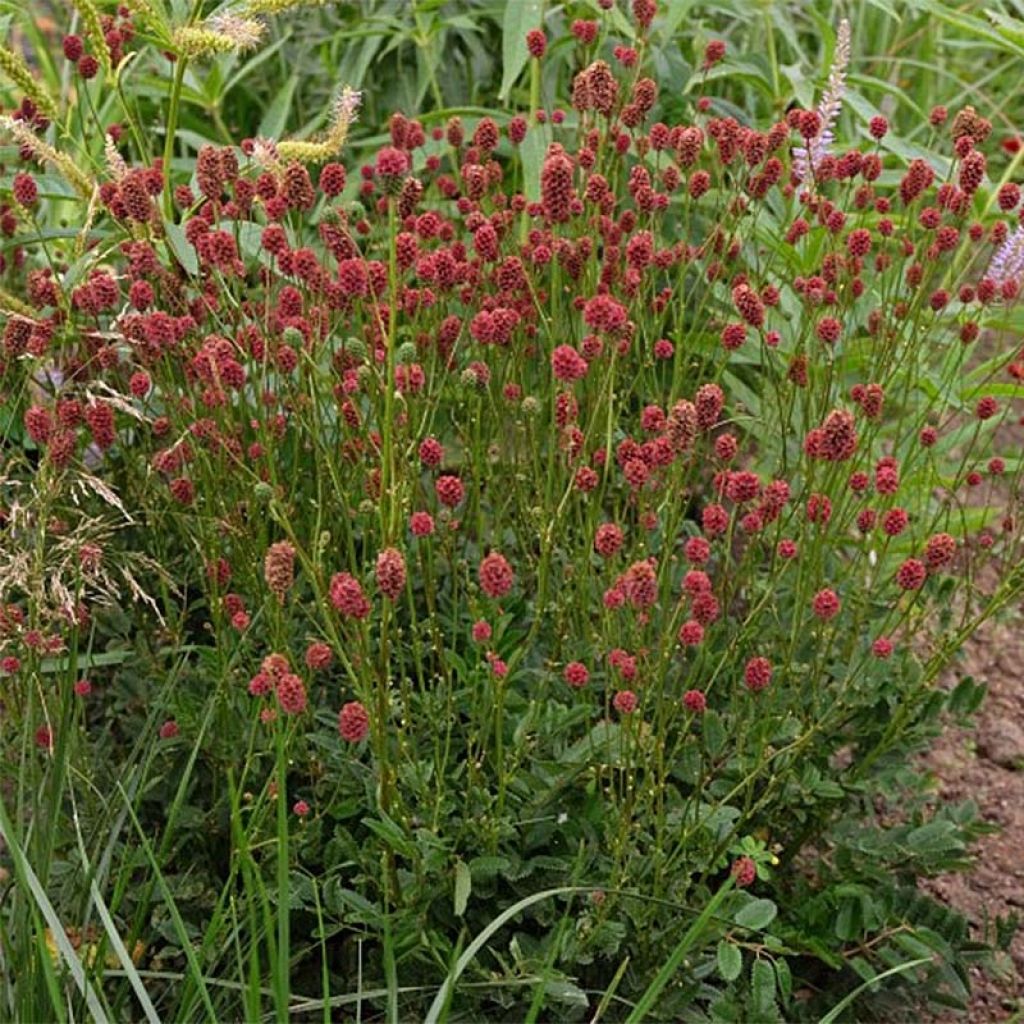

Sanguisorba Proud Mary
Sanguisorba Proud Mary
Sanguisorba Proud Mary
Great Burnet, Salad Burnet
The field of plants has developed well. Very pleased.
Christophe, 02/08/2022
This item cannot be shipped to the selected country
Delivery charge from €5.90
More information
Schedule delivery date,
and select date in basket
This plant carries a 12 months recovery warranty
More information
We guarantee the quality of our plants for a full growing cycle, and will replace at our expense any plant that fails to recover under normal climatic and planting conditions.
From €5.90 for pickup delivery and €6.90 for home delivery
Express home delivery from €8.90.
Does this plant fit my garden?
Set up your Plantfit profile →
Description
The Sanguisorba 'Proud Mary' is a burnet with a sturdy and compact habit, which carries delightful raspberry red pompoms throughout the summer on aerial stems. Its bluish-green foliage is divided into dentate leaflets. Easy to grow and naturalize, this perennial with a rustic appearance will bring life to borders in cool and fairly rich soil, not too chalky, in full sun or partial shade. It will also have a beautiful effect as a pond edge.
The 'Proud Mary' burnet is the result of cross-breeding between several species of the Sanguisorba genus. These plants all originate from the Northern Hemisphere, and belong to the vast family of Rosaceae (even if their appearance does not easily give it away). With the exception of the small burnet (Poterium sanguisorba), which prefers dry soils, burnets appreciate cool to wet or even waterlogged areas, such as wet meadows or sunny edges. They have large leaves divided into ovate leaflets of a lovely bluish-green colour, adorned with large teeth.
The Sanguisorba 'Proud Mary' stands out for its sturdy habit, not exceeding 60 cm (24in) in height when in flower and about 30 cm (12in) wide. Throughout the summer, between June and August, or even September, it produces a multitude of raspberry red 'spikes' that sway in the wind on long flexible peduncles.
Very hardy, 'Proud Mary' can be planted in any reasonably moist to wet soil, preferably rich and acidic to neutral, in any case not too chalky. The soil should not dry out in summer, otherwise it may compromise flowering. Therefore, this plant prefers a location in a clayey and deep soil. It is a plant that nevertheless requires the sun to thrive. It will bring a nice naturalistic touch to your borders, and will slowly spread through its short rhizomes, allowing the clump to multiply after a few years. Its small size makes it easy to plant in various spots. It is also possible that the plant occasionally self-seeds, although data is lacking for this variety. Furthermore, the dry inflorescences remain decorative for a long time during autumn and winter, which extends the plant's season of interest.
Combine this plant with other plants that thrive in similar conditions, such as 'Lemon Drops' avens, 'Ogon' grassy-leaved sweet flag, 'Little Doll' Virginia spiderwort, or even on a carpet of 'Black Scallop' bugleweed or 'Superba' knotweed.
Report an error about the product description
Sanguisorba Proud Mary in pictures
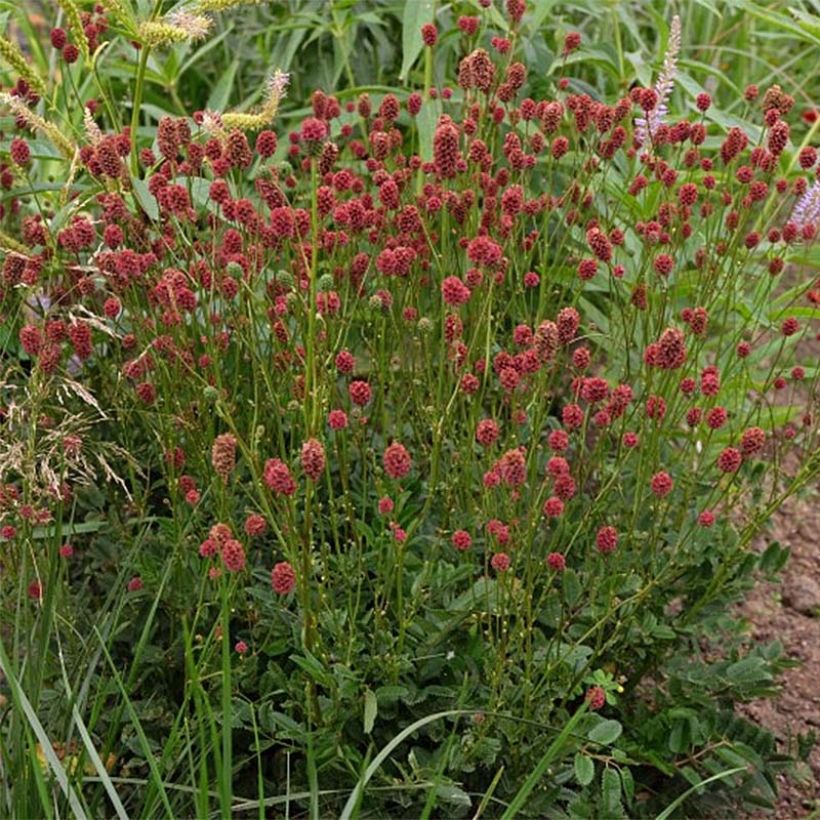

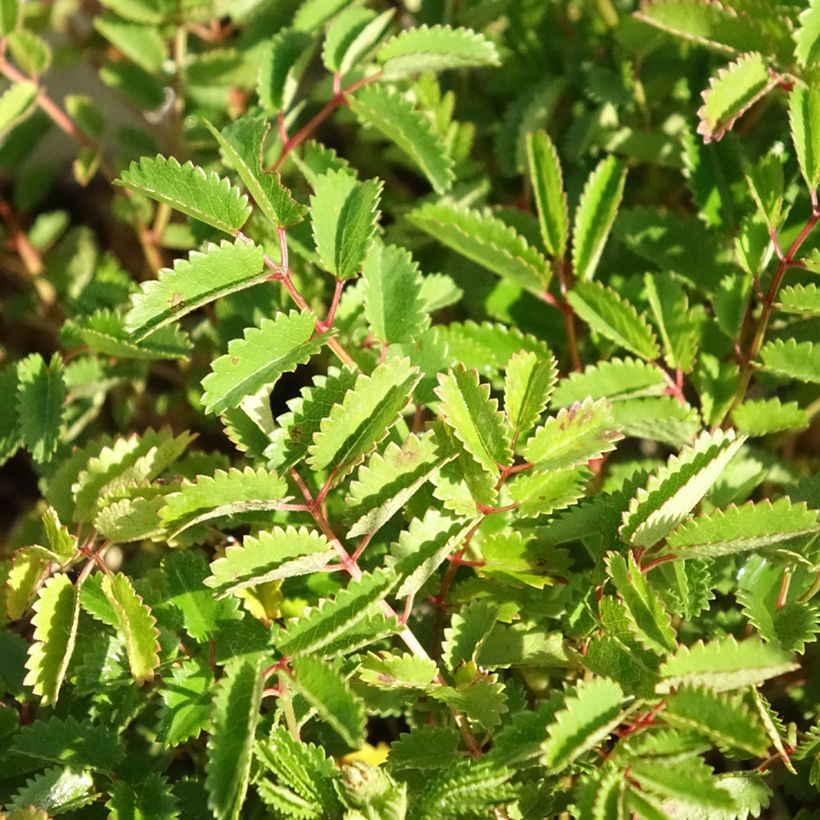

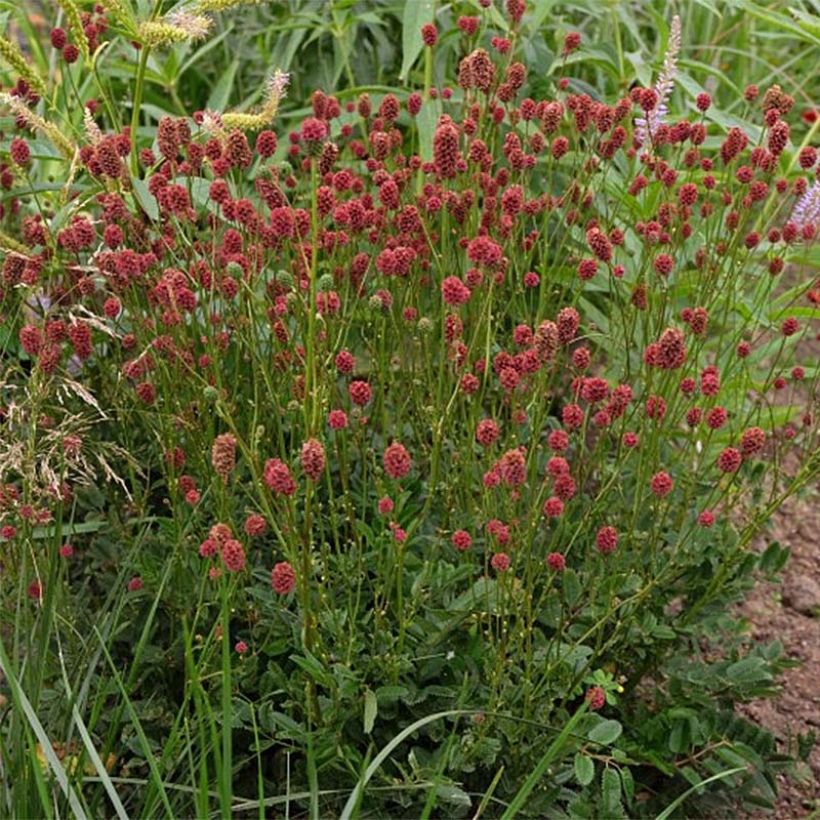

Flowering
Foliage
Plant habit
Botanical data
Sanguisorba
Proud Mary
Rosaceae
Great Burnet, Salad Burnet
Cultivar or hybrid
Other Sanguisorba
Planting and care
The Sanguisorba 'Proud Mary' always prefers fresh, humus-rich, clayey, loamy, rather limestone soils, and a sunny exposure. Easy to grow in such conditions, it easily naturalizes in the garden through its rootstock and spontaneous sowings (not always faithful to the mother plant). Its faded flowers remain decorative for a long time in winter: prune the clump before the start of vegetation, in spring.
Planting period
Intended location
Care
-
, onOrder confirmed
Reply from on Promesse de fleurs
Summer flowering perennials
Haven't found what you were looking for?
Hardiness is the lowest winter temperature a plant can endure without suffering serious damage or even dying. However, hardiness is affected by location (a sheltered area, such as a patio), protection (winter cover) and soil type (hardiness is improved by well-drained soil).

Photo Sharing Terms & Conditions
In order to encourage gardeners to interact and share their experiences, Promesse de fleurs offers various media enabling content to be uploaded onto its Site - in particular via the ‘Photo sharing’ module.
The User agrees to refrain from:
- Posting any content that is illegal, prejudicial, insulting, racist, inciteful to hatred, revisionist, contrary to public decency, that infringes on privacy or on the privacy rights of third parties, in particular the publicity rights of persons and goods, intellectual property rights, or the right to privacy.
- Submitting content on behalf of a third party;
- Impersonate the identity of a third party and/or publish any personal information about a third party;
In general, the User undertakes to refrain from any unethical behaviour.
All Content (in particular text, comments, files, images, photos, videos, creative works, etc.), which may be subject to property or intellectual property rights, image or other private rights, shall remain the property of the User, subject to the limited rights granted by the terms of the licence granted by Promesse de fleurs as stated below. Users are at liberty to publish or not to publish such Content on the Site, notably via the ‘Photo Sharing’ facility, and accept that this Content shall be made public and freely accessible, notably on the Internet.
Users further acknowledge, undertake to have ,and guarantee that they hold all necessary rights and permissions to publish such material on the Site, in particular with regard to the legislation in force pertaining to any privacy, property, intellectual property, image, or contractual rights, or rights of any other nature. By publishing such Content on the Site, Users acknowledge accepting full liability as publishers of the Content within the meaning of the law, and grant Promesse de fleurs, free of charge, an inclusive, worldwide licence for the said Content for the entire duration of its publication, including all reproduction, representation, up/downloading, displaying, performing, transmission, and storage rights.
Users also grant permission for their name to be linked to the Content and accept that this link may not always be made available.
By engaging in posting material, Users consent to their Content becoming automatically accessible on the Internet, in particular on other sites and/or blogs and/or web pages of the Promesse de fleurs site, including in particular social pages and the Promesse de fleurs catalogue.
Users may secure the removal of entrusted content free of charge by issuing a simple request via our contact form.
The flowering period indicated on our website applies to countries and regions located in USDA zone 8 (France, the United Kingdom, Ireland, the Netherlands, etc.)
It will vary according to where you live:
- In zones 9 to 10 (Italy, Spain, Greece, etc.), flowering will occur about 2 to 4 weeks earlier.
- In zones 6 to 7 (Germany, Poland, Slovenia, and lower mountainous regions), flowering will be delayed by 2 to 3 weeks.
- In zone 5 (Central Europe, Scandinavia), blooming will be delayed by 3 to 5 weeks.
In temperate climates, pruning of spring-flowering shrubs (forsythia, spireas, etc.) should be done just after flowering.
Pruning of summer-flowering shrubs (Indian Lilac, Perovskia, etc.) can be done in winter or spring.
In cold regions as well as with frost-sensitive plants, avoid pruning too early when severe frosts may still occur.
The planting period indicated on our website applies to countries and regions located in USDA zone 8 (France, United Kingdom, Ireland, Netherlands).
It will vary according to where you live:
- In Mediterranean zones (Marseille, Madrid, Milan, etc.), autumn and winter are the best planting periods.
- In continental zones (Strasbourg, Munich, Vienna, etc.), delay planting by 2 to 3 weeks in spring and bring it forward by 2 to 4 weeks in autumn.
- In mountainous regions (the Alps, Pyrenees, Carpathians, etc.), it is best to plant in late spring (May-June) or late summer (August-September).
The harvesting period indicated on our website applies to countries and regions in USDA zone 8 (France, England, Ireland, the Netherlands).
In colder areas (Scandinavia, Poland, Austria...) fruit and vegetable harvests are likely to be delayed by 3-4 weeks.
In warmer areas (Italy, Spain, Greece, etc.), harvesting will probably take place earlier, depending on weather conditions.
The sowing periods indicated on our website apply to countries and regions within USDA Zone 8 (France, UK, Ireland, Netherlands).
In colder areas (Scandinavia, Poland, Austria...), delay any outdoor sowing by 3-4 weeks, or sow under glass.
In warmer climes (Italy, Spain, Greece, etc.), bring outdoor sowing forward by a few weeks.

































